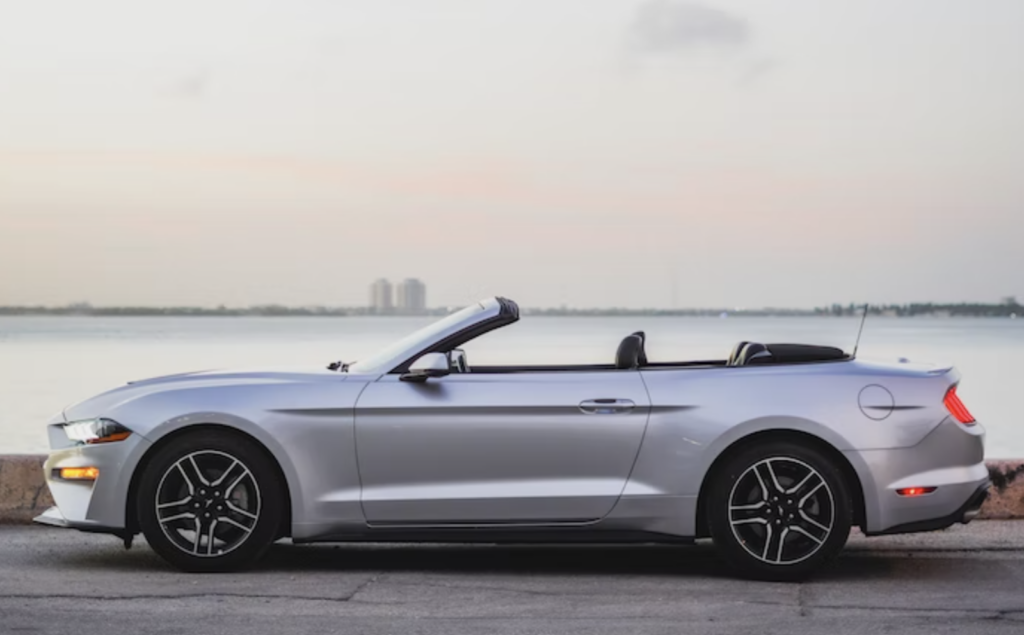Car Companies Soon To Discontinue Making Convertibles?
Inflated costs, supply chain issues, and a loss of public interest have contributed to a severe decline in the number of convertibles being sold.
This article is more than 2 years old
The once highly-coveted convertible automobile has steadily decreased in popularity over the past decade. The introduction of electric vehicles and an increase in demand for SUVs have impacted consumers’ choices. From Chevrolet Camaros to Ford Mustangs, the shift in convertible sales has been significant.
In 2006, two percent of all vehicle sales in the United States were convertibles. Now, less than half a percent of all vehicle sales were convertibles. Aside from the preference for EVs and SUVs, other reasons have contributed to the decline in sales.
To consumers, convertibles may not seem worth the hassle. They’re expensive and generally don’t hold up well when compared to their hard-top counterparts. Even open-top SUVs like Jeep Wrangler and Ford Bronco sales dropped 26% since 2015, further cementing the fact that the interest simply isn’t there.
Companies would rather invest in what sells; in this case, it’s not convertibles. As a result, companies have limited the production of sales. Only 23 models were convertibles in 2019, down from 29 in 2011. Nearly 30% of those models produced fall under the realm of exclusive and expensive luxury European cars.

Many convertible models have been discontinued throughout the years. The Volkswagen Beetle, Chrysler Sebring, PT Cruiser, Smart ForTwo, Buick Cascada Toyota Camry, Pontiac G6, and Nissan Murano are a few examples of those models that are no longer in production. Companies like Massachusetts-based Haartz Corp., which manufactures convertible parts such as the material for soft-tops, feel the impact of the decline on a global scale.
Despite the fact that their sales are back up to pre-pandemic numbers, Haartz can still see the resistance. “What we’re seeing right now is electrification is taking away, even more, from the convertible world,” explained Phill Hollenbeck, a planning manager at Haartz, via an interview with CNBC.
Back when automobiles were a new concept, hard-tops were actually the exclusive, pricier models. The standard automobile was a convertible or open-air. Now the opposite is true.
Thanks in part to supply chain problems and despite the minimal demand, convertibles are still more expensive than regular automobiles. In fact, the price has risen from $45,000 in 2011 to $70,400 in 2021. The effects of the pandemic on supply chain issues brought up the average price to $79,200.
Even with declining sales, the 2022 Ford Mustang hard-top starts at $24,470, while the convertible version starts at $33,000. The least expensive options, the Ford Bronco and Jeep Wrangler, are currently the most popular convertible styles. At a starting point of $30,000, Broncos and Wranglers are both “the cheapest way to enjoy the experience,”said Tyson Jominy, VP of data analytics and J.D. Power.
Since 59% of auto sales have been SUVs since 2022, Broncos and Wranglers seem to have the most promising future. S&P Global Mobility believes that convertible and roadster sales should rise into 2024 and 2025, but predict that they too will lose momentum by 2030. In an effort to compete, automakers are developing convertible models to EVs.
Ford is working on an EV Mustang convertible, and Tesla is working on a roadster. Haartz’s Hollenbeck believes that once automakers have fully transitioned to EVs, drop-tops may re-emerge. “Could we see a possible convertible electric Challenger in the future? I don’t see why not.”










